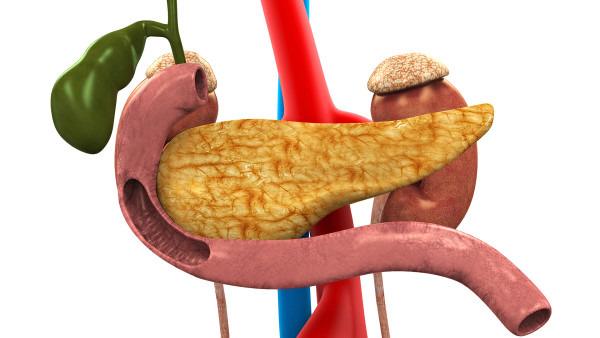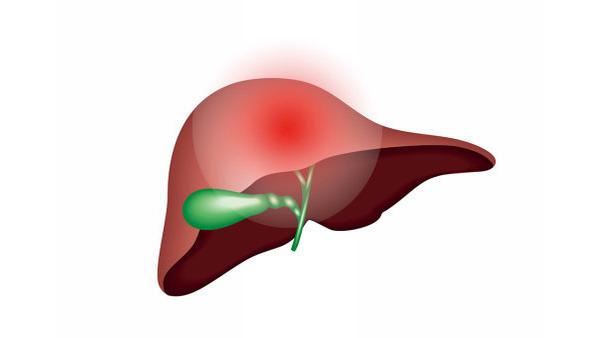胆管癌手术后寿命多少年
 胆管癌疾病编辑
胆管癌疾病编辑
 胆管癌疾病编辑
胆管癌疾病编辑
Title: Life Expectancy after Bile Duct Cancer Surgery: Insights and Considerations
Introduction:

Bile duct cancer, also known as cholangiocarcinoma, is a rare and aggressive form of cancer that affects the bile ducts. With advancements in medical science and surgical techniques, the prognosis for patients with bile duct cancer has improved in recent years. However, the life expectancy after surgery for bile duct cancer can vary depending on several factors. In this article, we will explore the factors that influence life expectancy after bile duct cancer surgery and provide some insights into the topic.
Factors Affecting Life Expectancy:
1. Tumor stage: The stage at which bile duct cancer is diagnosed plays a crucial role in determining life expectancy. Early-stage tumors that are localized and can be completely removed during surgery tend to have a better prognosis compared to advanced-stage tumors that may have spread to distant organs.
2. Surgical outcome: The success of the surgical procedure and the extent of tumor removal directly impact life expectancy. Complete resection of the tumor with clear margins is associated with better outcomes. In cases where the tumor cannot be completely removed, or there is residual disease, the prognosis may be less favorable.
3. Lymph node involvement: The presence of cancer cells in the regional lymph nodes indicates a higher likelihood of tumor spread and a worse prognosis. Lymph node involvement may necessitate additional treatments, such as chemotherapy or radiation therapy, to improve survival rates.
4. Tumor grade: The histological grade of the tumor, which indicates the degree of abnormality and aggressiveness, can affect life expectancy. High-grade tumors tend to grow more rapidly and have a worse prognosis compared to low-grade tumors.
5. Patient's overall health: The general health status and underlying medical conditions of the patient play a significant role in determining life expectancy. Patients with better overall health are often better able to tolerate surgery and subsequent treatments, increasing their chances of long-term survival.
6. Adjuvant treatments: Depending on the specific characteristics of the tumor and the surgical outcomes, additional adjuvant treatments such as chemotherapy or radiation therapy may be recommended. These treatments aim to destroy any remaining cancer cells and reduce the risk of recurrence, thus improving long-term survival rates.
Life Expectancy After Bile Duct Cancer Surgery:
The prognosis for patients with bile duct cancer has improved over the years due to advancements in diagnosis, surgical techniques, and multidisciplinary treatments. However, predicting an exact life expectancy after surgery can be challenging, as it varies significantly from patient to patient.
Generally, for patients with early-stage bile duct cancer who have undergone successful surgery, the 5-year survival rate can range from 30% to 60%. However, for patients with advanced-stage cancer or those with lymph node involvement, the 5-year survival rate drops to around 10-30%. It is vital to note that these survival rates are approximate, and individual cases may deviate significantly.
Conclusion:
Survival rates and life expectancy after bile duct cancer surgery depend on several factors, including tumor stage, surgical outcomes, lymph node involvement, tumor grade, overall patient health, and the need for additional adjuvant treatments. It is crucial for patients to discuss their prognosis and treatment options with their healthcare team to understand their specific situation better.
Additionally, ongoing advancements in medical research and personalized treatments hold promise for improving life expectancy in the future. Early detection, timely intervention, and comprehensive multidisciplinary care continue to be essential factors in enhancing the long-term survival of patients with bile duct cancer.




